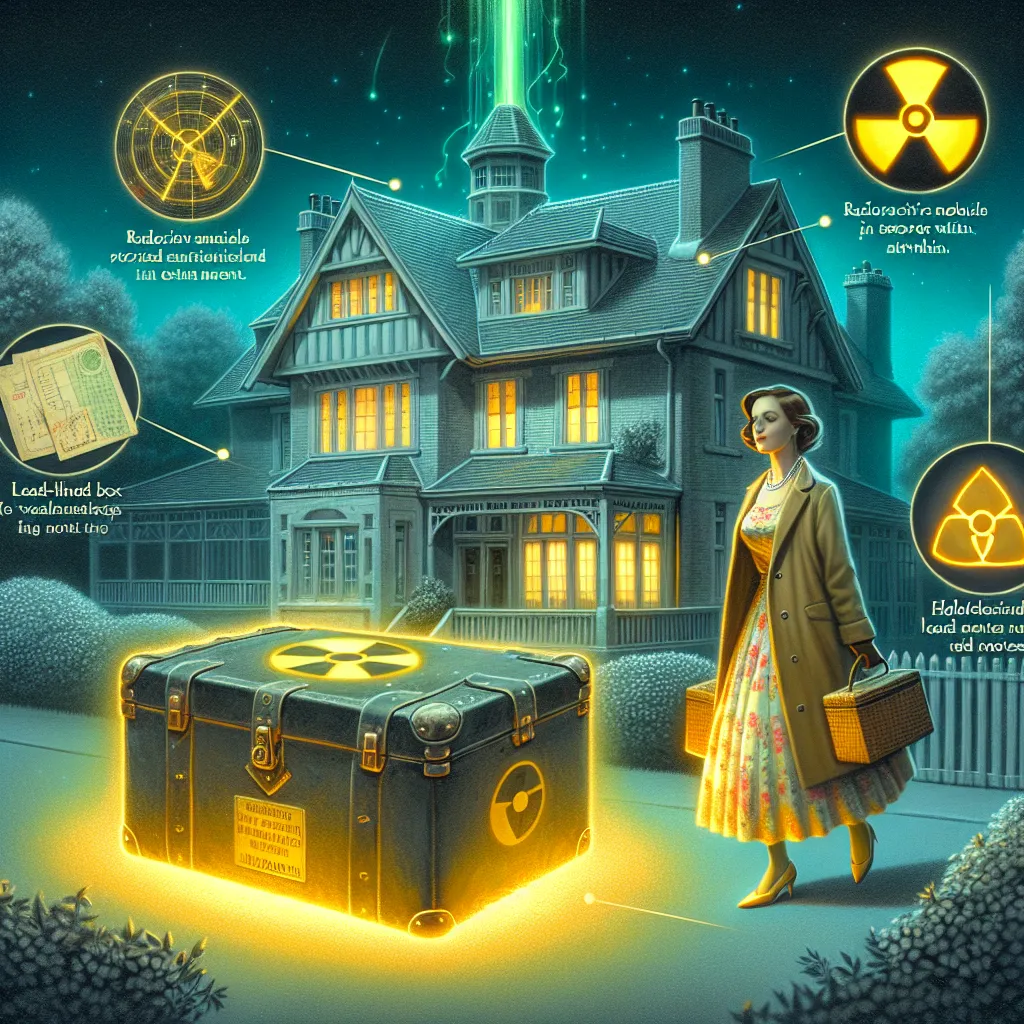Marie Curie's scientific work is still radioactive a century later

When studying famous historical figures, access to their works and materials is usually one of the biggest hurdles.
For those writing about the life of Marie Curie, the scientist who, with her husband Pierre, discovered polonium and radium and set the idea of particle physics, however, things are much more complicated. Her notes, her clothes, her furniture (as well as her laboratory), virtually everything that survives from her suburban Paris home is radioactive and will remain so for another 1,500 years or longer.
If you want to see her manuscripts, you need to sign a liability agreement at the Bibliothèque Nationale de France, and then you can access the records sealed in a lead box.
Curie didn't know the danger'. 'radioactive materials, even though she knew about radioactivity. Her research was aimed at finding out which substances were radioactive and why, and so many dangerous elements - thorium, uranium, plutonium - were simply in their home laboratory and glowed at night, which Curie found beautiful.




Marie Curie died at age 66 in 1934 from aplastic anemia associated with radioactive research.
The house was used until 1978 by the Institute of Nuclear Physics of the Faculty of Sciences of the University of Paris and the Curie Foundation.''After that it was under surveillance, the authorities finally realizing the dangers that lurked within. When many people in the neighborhood noticed a high incidence of cancer among them, as Le Parisien reported, they blamed the Curie house. A number of biographies have since appeared: 'Marie Curie: A Life' by Susan Quinn in 1995, 'Pierre Curie' by Anne Hurwick in 1998, 'Curie: A Scientific Dream' by Loïc Barbeau in 1999, 'Marie Curie and Her Laboratory' by Sorai Budhia in 2001, 'Obsessed Genius: The Inner World of Marie Curie' by Barbara Goldsmith in 2005 and 'Radioactive: Marie and Pierre Curie, A Love Story and'Lauren Redniss' "consequences" in 2011. Marie Curie was the first woman to win the Nobel Prize (1903), the only woman to win it a second time (1911), the first woman to become a professor at the University of Paris, and the first woman to be buried (on her own merit) in the Pantheon in Paris. And she achieved many of her breakthroughs after her husband Pierre died in 1906 - he slipped and fell in the rain on a busy Paris street and was run over by the wheels of a horse-drawn carriage. Note: An earlier version of this article appeared on our website in 2015.The laboratory and building were deactivated in 1991, a year after the Curie legacy began allowing access to notes and materials under the Coast that had been removed from the house.
Till then, dying at 66 isn't so bad when you've changed the world in the name of science.
Comment
Popular Posts
Popular Offers

Subscribe to the newsletter from Hatamatata.com!
Subscribe to the newsletter from Hatamatata.com!
I agree to the processing of personal data and confidentiality rules of Hatamatata










